Beautiful country houses for sale in Northumberland
Northumberland seems to have it all: beautiful scenery, a lively sporting scene and perfect properties.
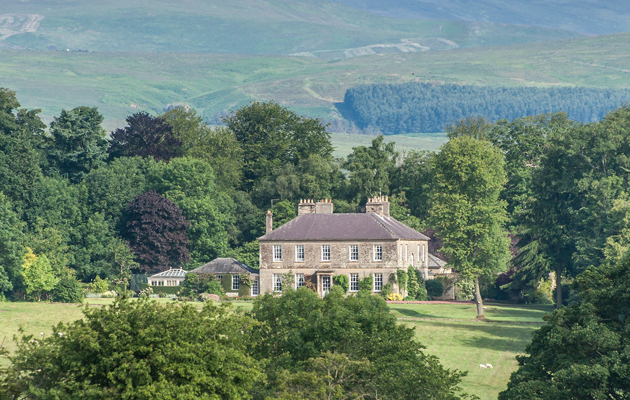

In the normal run of things, the only way to get your hands on one of Northumberland’s much-prized small country estates is by stepping into ‘dead men’s shoes’, says Ran Morgan of Knight Frank bluntly. Today, he’s happily bucking the trend with the launch in COUNTRY LIFE of the idyllic, 327-acre Trewhitt estate (Fig 1) at Thropton, on the eastern fringe of the Northumberland National Park, 40 miles north of Newcastle, on behalf of its sporting owners, Edward and Elizabeth Nicholl, who are downsizing after almost 30 years—and very much alive.
Knight Frank (0131–222 9600) quote a guide price of £3 million for the estate as a whole, or £1.8m for the Grade II-listed, Georgian main house with 37 acres of delightful gardens, woodland, pasture and paddocks and £1.2m for the adjoining 290-acre Netherton Burnfoot farm, which the Nicholls bought in 2008 and generates several useful income streams.
Part arable but mainly grassland, the land is farmed under a grazing licence and a contract farming agreement, which together produce an income of £10,600. An ELS and HLS stewardship agreement, running until November 2022, will bring in £7,400 this year, reducing to £6,800 in 2016. The land is also registered under Defra’s Basic Payment Scheme and yielded £18,675 in 2014; future entitlements can be transferred to a purchaser for 2016.
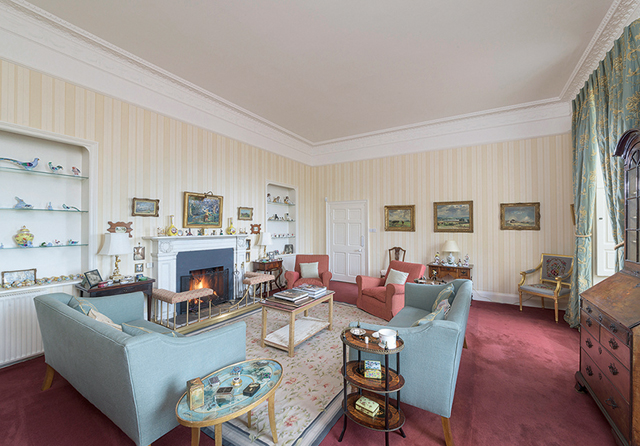
‘Trewhitt is a wonderfully compact rural estate, totally free from the blights that commonly affect rural property throughout the UK. It stands on a hill overlooking Coquetdale, in a natural amphitheatre formed by the majestic hills of north Northumberland—Simonside, Rothbury Forest and the Cheviots—with phenomenal views that have remained largely unchanged for the past 100 years. Despite its elevation, the mature woodlands around the house provide excellent shelter,’ Mr Morgan enthuses.
Mr and Mrs Nicholl were happily ensconced in the south of the county, with no thought of moving, when, in 1986, Mr Nicholl was driving by and happened to spot Trewhitt Hall in its magical hillside setting. He was immediately captivated, although nobody seemed to know the house. Then, a few months later, a friend told him that it was being advertised for sale in COUNTRY LIFE and, within a week, the deal was done. For the past 29 years, the hall has been a wonderful family home, but now that they’ve given up hunting and their three daughters are settled in homes of their own, Mr and Mrs Nicholl have decided to move back to their old stamping ground.
No doubt, they will miss the peace and tranquillity of this most unspoilt corner of Britain, although it was not always so. From the 15th to the 17th centuries, the Trewhitt lands were on the front line of the constant battle to repel the marauding Scots, who, despite the best efforts of the local landowners, managed to despoil the Trewhitt settlements in 1580. In the early 1600s, Trewhitt Hall and the High Trewhitt estate, as it was then known, were owned by the Claverings of Callaly. A staunch Royalist, Sir John Clavering found himself on the losing side at the end of the Civil War, as a result of which several Clavering manors, including High Trewhitt, were sequestrated in 1652 and only recovered on payment of heavy fines a year later.
High Trewhitt was sold shortly after that, when, according to local records, the lands were split between the Smart family of Trewhitt and the Atkinsons of Lorbottle, before Lord Armstrong reunited them as one estate in 1871. His descendants continue to own much of the land in the area, with the National Trust also a major player.
Sign up for the Country Life Newsletter
Exquisite houses, the beauty of Nature, and how to get the most from your life, straight to your inbox.
Trewhitt Hall, listed Grade II, was built by John Smart, a well-respected antiquary, JP and Deputy Lieutenant of Northumberland. According to its listing, further work was done to the house by the prolific northern architect John Dobson in 1830, after Smart’s eldest son, William, inherited the estate. In 1879, a sales advertisement described it as ‘surrounded by a richly timbered park, within the bosom of one of the most fertile valleys in England, at the base of the southern Cheviot range of hills, and in the midst of the most fascinating highland scenery in Northumberland’. Evidently, nothing much has changed since than.
The house, designed with classic Georgian symmetry and bounded on all sides by beautiful gardens, was structurally sound and in good shape when the Nicholls first moved in, but, over the years, they have made a number of thoughtful improvements, adding a conservatory at one end, a breakfast/sitting room to the kitchen at the other, and creating a couple of extra bathrooms upstairs.
With some 9,000sq ft of living space, Trewhitt Hall is comfortable and easily managed, having five main reception rooms, an elegant staircase with a signature Venetian window, a large master suite, five further bedrooms, two bathrooms and a shower room. The second floor, once use for servants, could be converted to provide extra accommodation, as could the two-bedroom Robin Cottage, currently used to house staff, and the two-bedroom Trewhitt Lodge at the head of the drive, which is unoccu- pied and needs refurbishing.
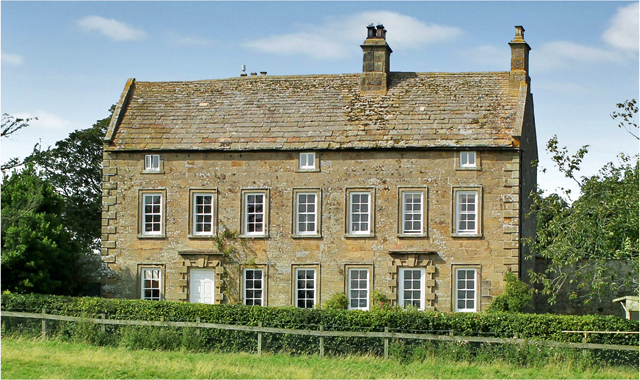
Horses and hunting have been a core part of life in the Nicholl household and the equestrian facilities include ample stabling in the courtyard behind the house, an all-weather manège and lush grazing within 17 acres of paddocks and pasture. The estate’s devoted owners have also established a successful, low-key family shoot, with some testing high-flying birds, thanks to the unique contours of the land.
The perfect small country estate may be as rare as hens’ teeth in Northumberland, but buyers looking to buy a country house near market towns such as Hexham and Morpeth, which are within half an hour’s commute from Newcastle-upon-Tyne can have ‘the pick of the litter’ for between £1m and £1.5m, says William Thornton of Savills-Smiths Gore in Corbridge (01434 632404).
He quotes a guide price of £1.3m for Grade II*-listed, early-18th-century South Hall (Fig 2), in the pictur- esque hamlet of Ingoe, near Matfen, 20 miles from Newcastle, which launches on the market this week, due to its owner’s relocation for professional reasons. The charming Georgian house, which stands in 5.7 acres of formal gardens, paddocks, stabling and outbuildings overlooking open countryside, has accommodation on three floors, including three main reception rooms, a kitchen/breakfast room and six/seven bedrooms.

The same agents are handling the sale, at a guide price of £2.95m, of the spectacular Bolbec Chase (Fig 3) at Whalton Park, near Morpeth, the magnificently converted Victorian stable block of the former Gallowhill Hall estate. Set in more than nine acres of private formal gardens, with stabling and two grazing paddocks, the property offers 21st-century living in a grand parkland setting with equestrian involvement on a realistic scale.
Built in 1890 for the estate owner, a passionate follower of the ‘sport of kings’, Bolbec Chase was bought in 2000 by its current owner and imaginatively remodelled to create a state-of-the-art country house with seven reception rooms, five bedroom suites, a split-level family kitchen and a self-contained four-bedroom lodge.
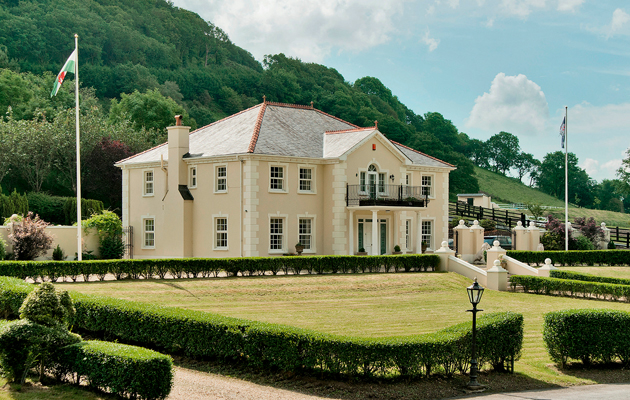
Exceptional equestrian properties for sale
Horsey heaven.

Credit: Strutt and Parker
Best country houses for sale this week
An irresistible West Country cottage and a magnificent Cumbrian country house make our pick of the finest country houses for
-
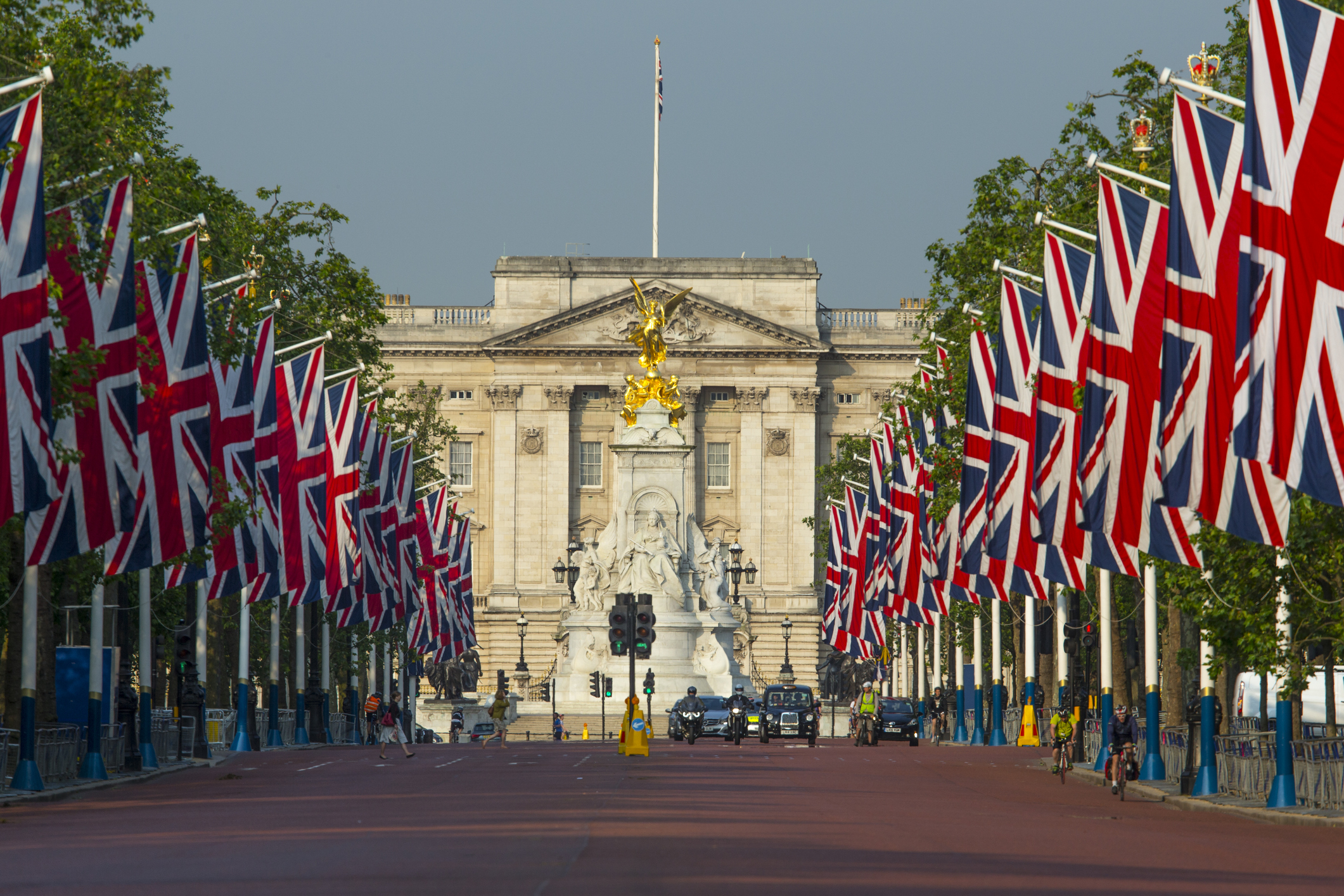 The loos of Buckingham Palace: Country Life Quiz of the Day, April 23, 2025
The loos of Buckingham Palace: Country Life Quiz of the Day, April 23, 2025Wednesday's Quiz of the Day looks at St George, royal toilets and German alcohol laws.
By Toby Keel Published
-
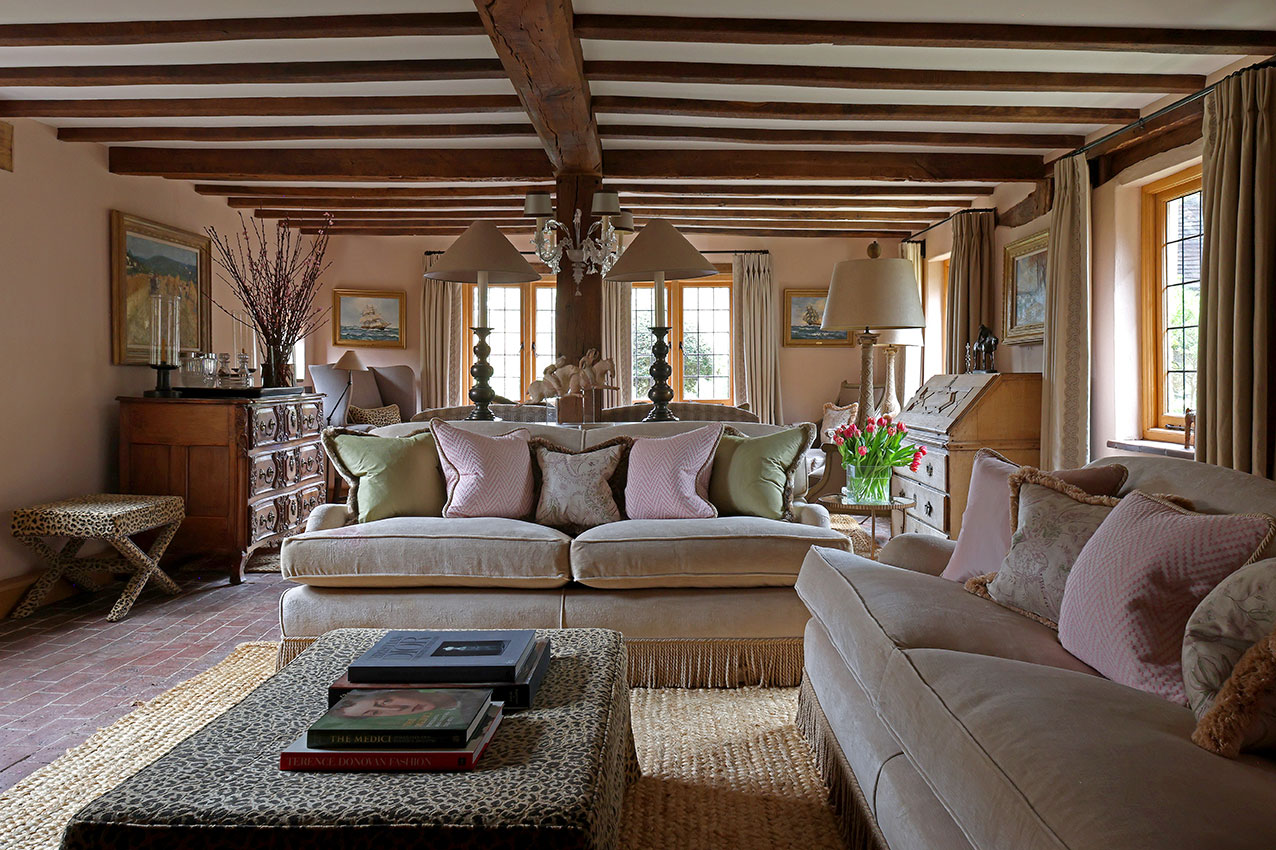 Moore Design
Moore DesignMoore Design is a boutique interior design practice with clients around the UK and overseas.
By Country Life Published
